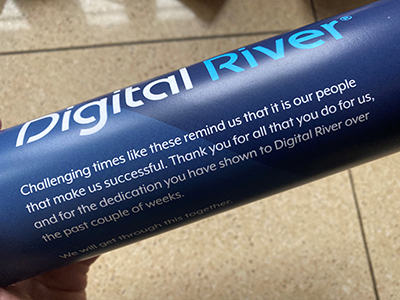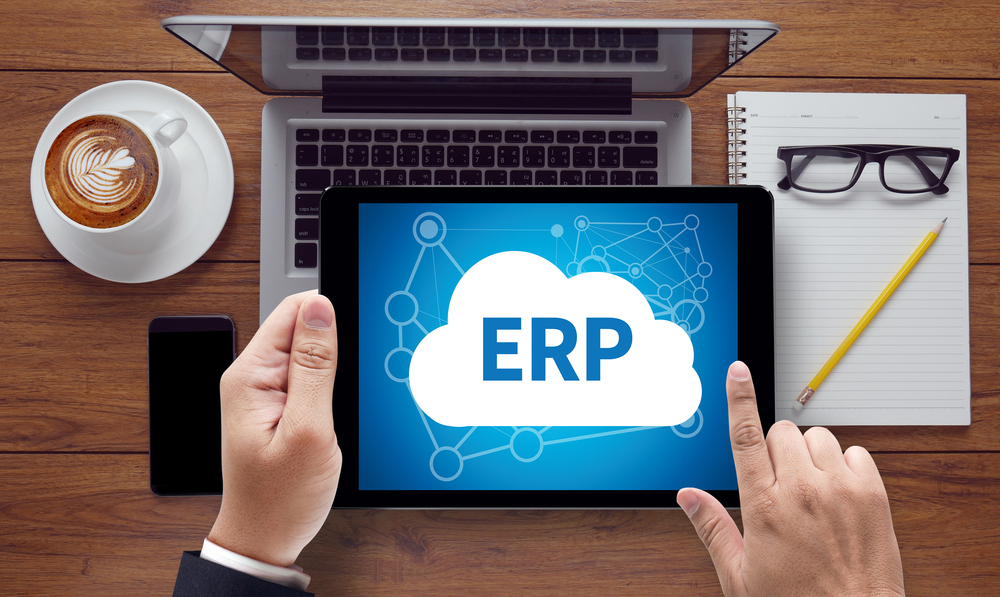By now, your company or organization has probably already felt the effects of the global coronavirus (COVID-19) pandemic in one way or another. Whether it’s remote work, reduced operating hours, or administering sick leave requests, this pandemic has left HR professionals scrambling to stay ahead.
This pandemic has caught many employers off guard, and now, these same employers are quickly putting measures in place to secure their businesses and their workers. For those that don’t have any measures in place, now is the perfect time to create a response plan and prepare for the next pandemic or crisis.
Becky Garroch, Vice President of Human Resources at global e-commerce company Digital River, joins us to discuss how you can create an effective response plan. Garroch also shares how Digital River responded to the current crisis and how its main focus is on its employees and its culture.
How Digital River Created a Response Plan
For Digital River, the company was lucky enough to have a pandemic plan already in place, says Garroch. The pandemic plan was put in place as part of the company’s Crisis Management Procedure. Garroch also shares what is in the Digital River plan.
“In the plan, we outline the appropriate steps that need to be taken, starting with what needs to be communicated to employees so that they are aware of the current situation and feel confident in leadership’s response,” she says. “When the plan goes into effect, there are further details on the hygiene protocols for both our staff and our facilities so that we limit the spread of the virus and keep everyone as safe as possible.”
Garroch adds that the company outlines what is needed in order to connect with its third-party suppliers to ensure the services Digital River relies on will not be impacted. This is an important step that some may overlook, as other business and employee needs may require immediate action, while third-party suppliers get put on the back burner.
Tips for Creating Your Own Response Plan
For HR pros looking to create something similar, Garroch shares her best practices. “I would recommend thinking about a past example of a pandemic and taking into consideration the events that unfolded during that time in order to develop a plan that covers all the critical areas of function.”
“I’ve found it helpful to break it out into all the different variables, such as communications, employee well-being, the company’s facilities, and all of the business operations that will be impacted,” she adds. “This helps ensure your plan covers all the important parts of the business and you are thinking about the big picture.”
Regarding the current crisis we’re in, Garroch says Digital River’s Crisis Management Team has met daily to stay connected and provide employees with the most up-to-date information. “The team is a cross-functional group of individuals who come together to think and plan for every aspect of the business that will be affected, from internal/external communications, employees, facilities, business operations, etc.,” she adds.
“We started with giving our employees the option to work remotely and then increased this to actively encouraging everyone to work remotely, followed by ultimately closing all of our physical offices just prior to the government lockdowns,” Garroch says. “This enabled our employees to have a long lead time on thinking about what they might need in order to set up home offices and what working remotely full time would look like.”
“Internal communications started out as companywide e-mails, but in order to not inundate employees’ in-boxes, these communications have moved to a separate ‘Quaran-Team’ portal within Microsoft Teams, where employees can go for all the latest updates,” she adds.
Quaran-Team Portal Keeps Employees Connected and Up to Date
Having one central location for employees to access communications regarding a pandemic or crisis is important to keep workers in the loop. For Digital River, its Quaran-Team portal has been vital in keeping teams connected.
“The [Microsoft] Teams channel set up for our ‘Quaran-Team’ portal has allowed us to effectively bring together all of our internal communications into one place for our employees to easily find and read,” Garroch says. “It also lets employees contribute to make it more of a collaborative tool across all of our offices.”
“On the portal, we have a variety of subject areas covering a range of topics, from educational resources such as official HR communications and a Wiki on logistics to helpful tips for setting up your home office and a humor section featuring the very popular pets section,” she adds. “Corporate culture has always been important to Digital River, and this portal has allowed us to continue our emphasis on providing a positive workplace during these unprecedented times.”
Digital River has over 680 employees across 20 countries, but with all of its physical offices indefinitely closed, the company has had to transition to a fully remote working environment for the foreseeable future. If your company or organization is in a similar boat, Garroch says there are a variety of ways you, too, can keep your employees connected and engaged.
“In addition to the resources mentioned above, we are keeping employees connected and engaged through a variety of activities, including virtual happy hours, quizzes, and bingo, coordinated at a local level,” she says. “Managers have been encouraged to reach out to employees and connect with them more frequently to check in and prevent feelings of isolation.”
“We have also increased the frequency of our all-hands company meetings to every other week. By using Microsoft Teams to virtually meet, employees at all levels can get involved through our Q&A portion and ask top-of-mind questions directly to our executives,” she adds.
If you’re unsure of how to connect with your workforce, you can take a page out of Digital River’s playbook and implement similar initiatives using all sorts of communication tools.
Supporting Workers’ Well-Being While Being Remote
Remote work creates new challenges when trying to support your employees’ emotional and physical well-being, but as Garroch explains, you must be willing to help your employees at every turn.
“From the start, we emphasized that our employees are the heart of our company,” she says. “We understand it’s difficult and are being more flexible with people’s schedules and workloads while continuing to pay people’s salaries.”
“To this end, we have sent a personal message from our CEO, Adam Coyle, with a gift to everyone’s home addresses, appreciating them and their flexibility to get through this together,” she adds.
 The gift was a tin of cookies and Garroch sent us an image to include here to show the special message that went with it. “This one thing has done more to show our employees that we care more than anything else,” she says. “We are also doing training sessions on new laws as they come out so managers and employees understand and can take advantage of the support that is being provided at a regional level.”
The gift was a tin of cookies and Garroch sent us an image to include here to show the special message that went with it. “This one thing has done more to show our employees that we care more than anything else,” she says. “We are also doing training sessions on new laws as they come out so managers and employees understand and can take advantage of the support that is being provided at a regional level.”
For employers that are looking for ways to show their employees they care, small incentives, kind words, and recognition go a long way for workers who are all trying to do their best given unfortunate circumstances. Employers that go the extra step to make sure their employees feel supported will benefit most once the crisis has passed.
Final Thoughts
Based on Garroch’s personal experiences so far, we asked her if she had any additional advice for you, the HR professional.
“Let your culture shine in the way you treat your employees at this time; show them you are also human. We are all in this together, and we all have challenges—some bigger than others—but we will get through it,” she says. We couldn’t have said it any better!

